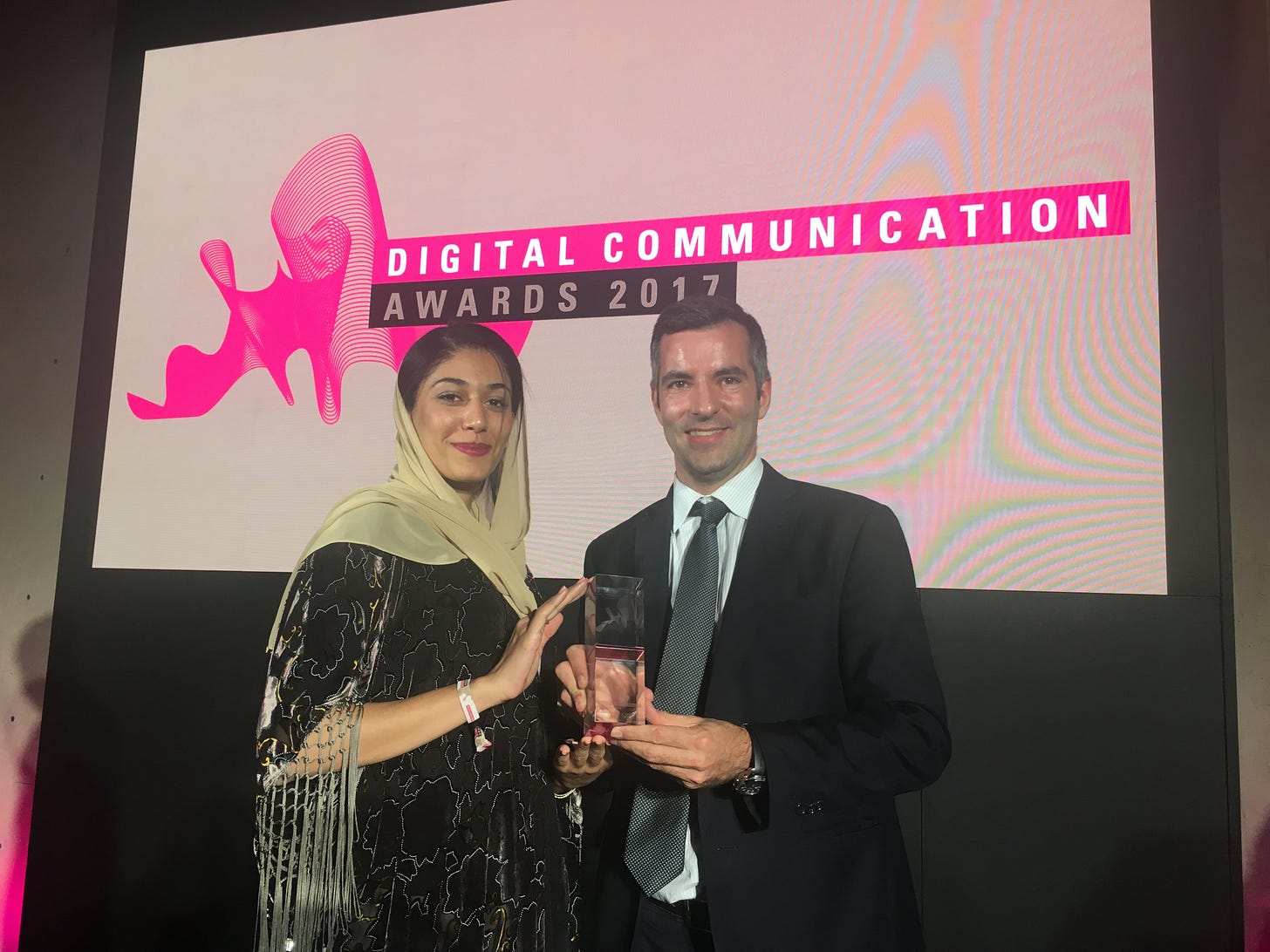We all had a good laugh a few weeks ago at the irony of it: a UN report containing the finding that, well, no one reads UN reports. For communications professionals in the social impact sector, it was a moment of collective, knowing exhaustion. A headline that confirmed a frustration we know all too well.
My own take, which I shared at the time, is that this isn't a simple comms problem. It’s not about better press releases or snappier social media posts. It is the predictable outcome of a sector that does not reward leadership for empowering their communications teams to inform strategy and instead has reduced them to technical departments, there to execute what others have decided.
It's a dynamic I’ve experienced several times. The most flagrant case was when I joined a global nonprofit advocating on life-and-death issues. I was appointed the new communications director, only to find a department whose entire modus operandi was working down tickets opened by other teams. The requests were tactical and disconnected: “Report layout.” “Video clip production.” “Create a new website for project xyz.”
The team was perpetually on the verge of burnout, racing to meet the ever-increasing demands of well-meaning, hardworking specialists who were experts in their fields, but not in communication. They lacked a holistic view of the organisation's voice and brand, focusing narrowly on their own project's needs. The outcome was predictable: A muddled brand identity, a weak voice and a disconnect to those we were meant to serve.
Most of us social impact comms professionals spend a huge amount of time fighting these internal battles—advocating for a seat at the table from the outset, not just a ticket at the end of the line. So, yes, the report about the unread reports hit a nerve.
Rather than speaking at the world, hoping to help a respective target audience, the decent, and incidentally much more effective way, is empowering that very target audience to advocate for itself. In their idioms, on their platforms and with their authenticity.
Let me give an example of this approach in action: I was still working for Kofi Annan when a project on violent extremism among young people came across our desks. The conventional plan was already taking shape: we would work with two or three eminent authorities—decorated policy experts and well-known academics—to write a report analysing the situation and agreeing on a concise set of policy recommendations. The report would be launched, budget allowing, with a panel discussion, a press release, and a few social media posts.
It would have been worthy. It would have been rigorous. And it would have ended up on the same dusty shelf as all the others.
But not this time.
Mr. Annan was receptive to our concern that a report published in Geneva, no matter how well-written, would never enter the orbit of the young people and local policy makers it was meant to influence. It wouldn't be seen in the banlieues of Paris, in right-wing circles in Germany, or by youth from Marrakesh to Mosul.
So we proposed a radically different approach, built on a foundational principle: know thy audience, and make them your messenger.
Mr. Annan recognised that young people listen to other young people first. Instead of policy wonks, we selected 10 inspiring young leaders who were already countering extremism on the ground. People like Bjorn Ihler, who as a teenager stared down the barrel of right-wing radical Anders Breivik’s gun at a youth camp off the Norwegian coast and survived. And Hajer Sharief, who was just 19 when Libya descended into civil war, founded an organisation to protect women and youth from the violence.
We tasked them and 8 more young people steeped in the reality of violent extremism with writing the world’s first guide to countering extremism for the most affected, by the most affected.
Second, we understood that authentic voices need amplification to gain political weight. In return for their engagement, Mr. Annan vowed to throw his full gravitas behind them. He gave them access to the highest political circles, to the media, to donors, and to his millions of followers. We didn't just consult our young leaders; we profiled them. They became the spokespeople, functioning not as technical experts, but as influencers sharing their own lived experiences in their own language and on platforms popular with their peers.
The results speak for themselves. The group has been invited to speak at ministerial events, advise the UN, and was honoured with the Digital Communications Awards in Berlin. They created a targeted counter-narrative born not in a conference room, but on the ground and online, where extremists actively recruit. They offered hope and unity in spaces dominated by division and hate.
The lesson here is universal. No matter what issue your report is trying to address, the path to impact is not through another 80-page PDF. It is through empowering those most affected to be the spokespeople. It is about supporting them to influence their local decision-makers while also reaching global media, policymakers, and—most crucially—their own peers.
This is how you turn a policy initiative into a relatable, human campaign that makes those we are targeting themselves, the spokespersons.
The good news is that all our social impact organisations in Geneva have teams dedicated to translating our work for the audience they are meant to serve and influence: your communications department. Empower them and reclaim lost ground on the global marketplace of ideas.
It is time our sector stopped writing reports about others and started passing the microphone. There is a whole world out there, and it thirsts to hear voices that uplift and put people and planet first.



